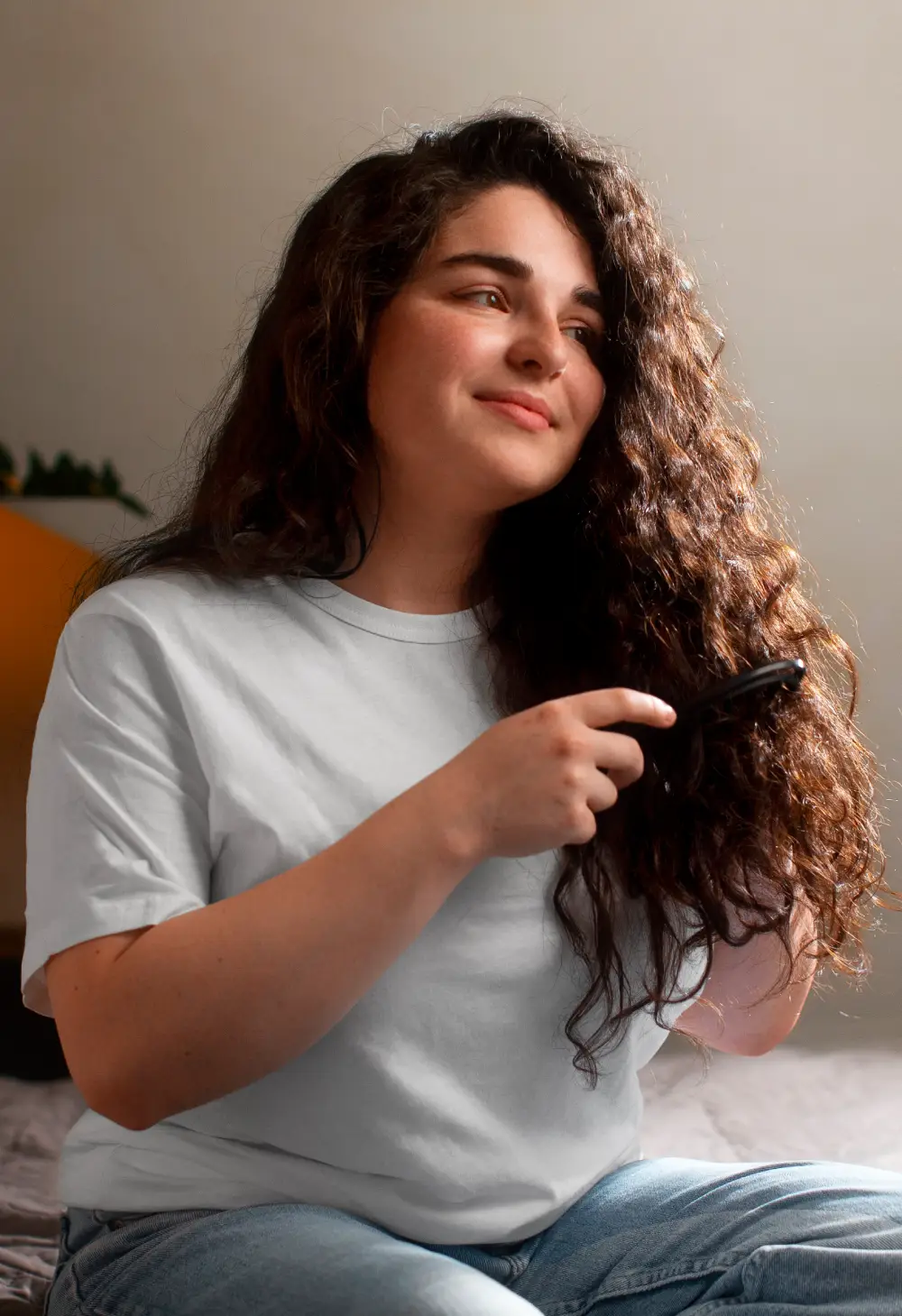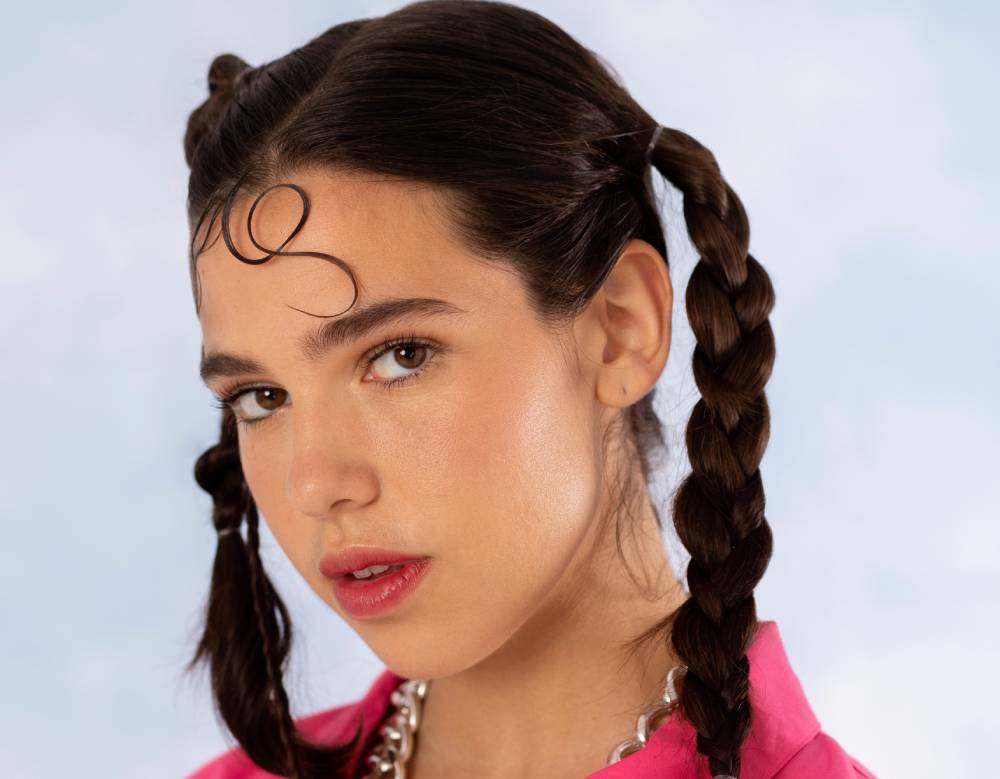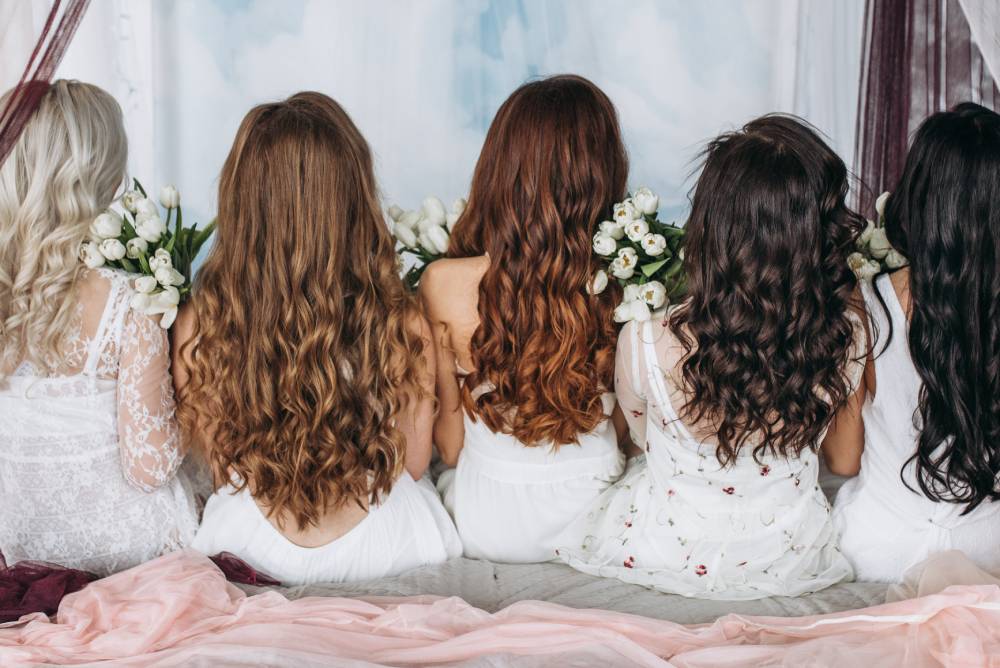Natural hair is beautiful, versatile, and full of life, but it also requires careful maintenance to keep it healthy and strong. One of the best ways to maintain your natural hair’s health is by using protective hairstyles. In this guide, we’ll explore the benefits of these styles, share some of the best protective hairstyles, and provide tips on how to do protective hairstyles effectively. Whether you’re new to natural hair care or a seasoned pro, you’ll find valuable insights to help you embrace and protect your natural beauty.
What Are Protective Hairstyles?
Protective hairstyles are hairdos designed to shield your natural hair from environmental stressors, reduce breakage, and promote growth. These styles typically tuck the ends of your hair away, minimizing exposure to the elements and reducing the need for daily manipulation. By choosing the right protective hairstyle, you can keep your hair healthy, retain length, and enjoy a break from constant styling.
Benefits of Protective Hairstyles
Protective hairstyles offer numerous benefits for natural hair, making them a go-to choice for many women. Here’s why you should consider incorporating them into your hair care routine.
Length Retention
One of the main advantages of protective hairstyles is their ability to help retain length. By minimizing breakage and split ends, these styles allow your hair to grow longer and stronger.
Reduced Manipulation
Frequent styling, brushing, and combing can lead to hair damage. Protective hairstyles reduce the need for daily manipulation, giving your hair a much-needed break.
Moisture Retention
Natural hair tends to be drier than other hair types. Protective hairstyles help lock in moisture, keeping your hair hydrated and reducing the risk of dryness and breakage.
Versatility and Style
From braids to twists, there are countless best protective hairstyles to choose from, each offering a unique look while protecting your hair. You can switch up your style while keeping your hair healthy.
Time-Saving
With a busy lifestyle, it’s not always possible to dedicate time to daily hair care. Protective hairstyles save time by reducing the need for constant styling, allowing you to focus on other aspects of your life.

Top Protective Hairstyles for Natural Hair
When it comes to choosing the best protective hairstyles for your natural hair, the options are endless.
Here are some popular choices that not only protect your hair but also keep you looking stylish

Twists
Twists are a classic protective hairstyle that is easy to maintain and versatile. Whether you prefer two-strand twists, flat twists, or Senegalese twists, this style helps protect your ends and keeps your hair moisturized. Plus, twists can be worn for weeks, making them a convenient option for anyone looking to give their hair a break.
First-hand experience
I’ve been wearing two-strand twists for years, and they’ve done wonders for my hair. Not only do they keep my hair protected, but they also give me the flexibility to style my hair in different ways without compromising its health.
Box Braids
Box braids are another popular choice for protective styling. They involve sectioning the hair into square-shaped parts and braiding extensions into your natural hair. Box braids are not only stylish but also low-maintenance, making them ideal for anyone who wants to keep their hair protected for an extended period.
First-hand experience
Box braids have been my go-to for vacations. They’re so low-maintenance, and I love that I can just wake up and go without worrying about styling my hair every day.


Cornrows
Cornrows are a traditional African hairstyle where the hair is braided close to the scalp in straight lines or intricate patterns. This protective hairstyle keeps your hair secure and is perfect for those who prefer a sleek look. Cornrows can be worn on their own or combined with other styles, such as buns or ponytails.
First-hand experience
Growing up, my mom would always cornrow my hair before school. It was the perfect way to keep my hair neat and protected throughout the week.
Bantu Knots
Bantu knots are small coiled buns made by twisting sections of your hair into tight spirals. This style not only protects your ends but also gives you beautiful curls when taken down. Bantu knots are great for short-term wear and can be done on various hair lengths.
First-hand experience
I love doing Bantu knots on weekends. They’re super cute, and when I take them down, I get the most amazing curls.


Wigs and Weaves
Bantu knots are small coiled buns made by twisting sections of your hair into tight spirals. This style not only protects your ends but also gives you beautiful curls when taken down. Bantu knots are great for short-term wear and can be done on various hair lengths.
First-hand experience
I love doing Bantu knots on weekends. They’re super cute, and when I take them down, I get the most amazing curls.
How to Do Protective Hairstyles
Creating protective hairstyles at home is easier than you might think. With the right tools and techniques, you can achieve salon-quality results in the comfort of your own home. Here are some tips on how to do protective hairstyles effectively
Start with Clean Hair
Before creating any protective style, it’s important to start with clean, well-moisturized hair. Use a gentle sulfate-free shampoo to cleanse your scalp and hair, followed by a deep conditioner to restore moisture.
Detangle Thoroughly
Detangling is a crucial step in the process. Use a wide-tooth comb or your fingers to gently detangle your hair, starting from the ends and working your way up to the roots. This helps prevent breakage and makes the styling process smoother.
Use the Right Products
Choosing the right products is key to achieving a long-lasting protective style. Opt for lightweight oils and creams that provide moisture without weighing your hair down. If you’re using extensions, make sure they’re high-quality and won’t damage your natural hair.
Protect Your Edges
Your edges are delicate and prone to breakage, so it’s important to protect them when creating protective styles. Avoid styles that are too tight around the hairline, and use a soft edge control product to smooth your edges without causing tension.
Maintain Your Style
Even with a protective style, it’s important to maintain your hair to keep it healthy. Moisturize your scalp regularly, and cover your hair with a satin or silk scarf at night to prevent friction and retain moisture.
Common Mistakes to Avoid with Protective Hairstyles
While protective hairstyles are beneficial, they can also cause damage if not done correctly.
Here are some common mistakes to avoid
Leaving Styles in for Too Long
Protective styles are meant to be temporary. Leaving them in for too long can lead to matting, breakage, and scalp issues. Aim to keep your protective styles in for no more than 4-6 weeks.
Ignoring Scalp Health
Your scalp needs care too. Neglecting your scalp while wearing protective styles can lead to dryness, flakiness, and irritation. Make sure to cleanse and moisturize your scalp regularly.
Tight Styles
Tight braids, twists, or ponytails can cause tension on your hair and scalp, leading to breakage and traction alopecia. Make sure your styles are comfortable and not too tight.
Skipping Moisturization
Protective styles are not an excuse to skip moisturizing your hair. Keep your hair hydrated by applying a leave-in conditioner or light oil regularly.

Conclusion
Embrace Protective Hairstyles for Healthy, Strong Natural Hair
Incorporating protective hairstyles for natural hair into your routine is one of the best ways to keep your hair healthy, strong, and vibrant. From twists to braids and Bantu knots, the options are endless, allowing you to protect your hair while expressing your unique style. Remember to maintain your styles properly and avoid common mistakes to maximize the benefits. Whether you’re looking to grow your hair, reduce breakage, or simply enjoy a new look, protective hairstyles are your go-to solution for maintaining the beauty and strength of your natural hair.
Ready to explore the world of protective hairstyles? At The House of Venusian, we specialize in creating stunning protective styles that cater to your unique hair needs. Visit us today and let our expert stylists help you achieve the healthy, beautiful hair you deserve.
FAQs
How often should I change my protective hairstyle?
It’s recommended to change your protective hairstyle every 4-6 weeks to prevent damage and allow your scalp and hair to breathe.
Can I wash my hair while wearing a protective hairstyle?
Yes, you can and should wash your hair while wearing a protective style. Use a gentle cleanser and focus on cleaning your scalp to maintain hygiene.
What’s the best way to moisturize my hair while in a protective style?
Use a light, water-based leave-in conditioner or a moisturizing spray to keep your hair hydrated. Focus on your scalp and the ends of your hair to prevent dryness.
